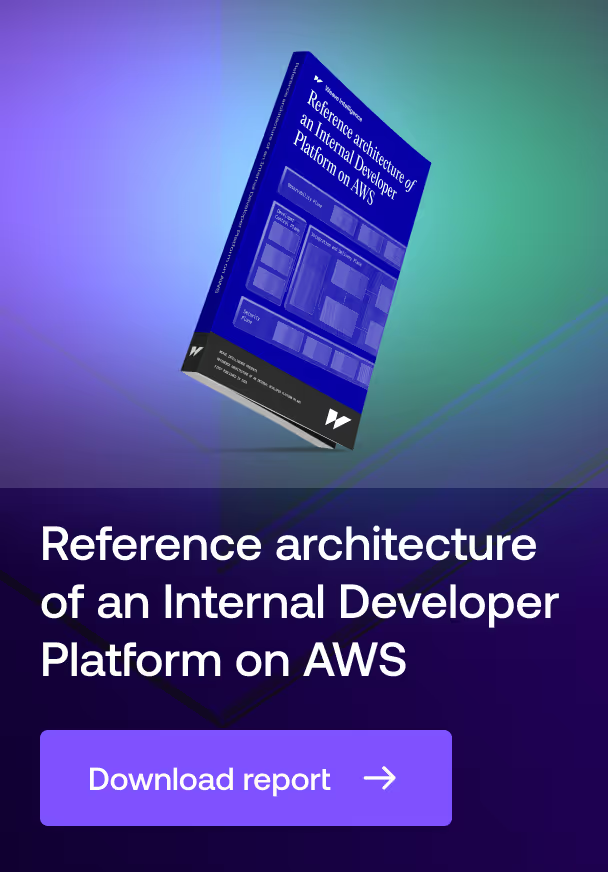
Rancher
Profile
Rancher claims to strengthen Kubernetes by embedding it in a higher-level management abstraction that handles common tasks. For instance, Rancher can automatically deploy and configure key K8s components. After deploying a cluster, the tool tracks its health using Prometheus.
One of Rancher's biggest draws lies in its potential to trim down your workflow. For instance, the GUI can handle security policies, audit logs, and performance oversight regardless of whether your target clusters are local or remote. When deploying applications, you can use Helm or the official Rancher App Catalog.
Rancher also works to optimize usability. Administrators can conduct sweeping compliance audits and apply access policies at the group or user level. Each application automatically leverages global DNS, and the tool takes regular snapshots to keep deployments as failure-proof as possible.
Focus
Rancher tries to provide unified cluster oversight. To do so, it incorporates features like access control, Prometheus and Grafana integrations, live usage observability tools, and centralized authentication.
Rancher tries to achieve its goals safely and conveniently. Could its do-it-all approach be a hidden weak point though? Although this tool ostensibly supports a variety of dev pipelines, integrating haphazardly could introduce new project failure modes, particularly those induced by human error: Some users have called Fleet, Rancher's CI/CD component, tough to operate efficiently.
Be aware that the makeup of your technology stack might limit Rancher's utility as a one-stop orchestration shop. No integration runs completely smoothly, and this tool can integrate with its fair share of DevOps endpoints and services. The provided single-cluster Docker test environment container might not be a bad starting point, but Rancher's self-service workflows still seem to be evolving.
Background
Rancher is an open-source tool created in 2014 to simplify container application development. It stands out as the first viable example of an enterprise-grade option for delivering K8s as a service. Its creators, Rancher Labs, have also devoted significant effort to making K8s training and knowledge available to IT professionals.
In 2020, the well-known open-source software company SUSE acquired Rancher Labs. Since then, the project has seen significant new development, such as features that make it easier to conduct downtime-free upgrades and manage clusters under limited connectivity conditions. In addition to Rancher, SUSE offers a paid Rancher Hosted version that concentrates on "white-glove" support throughout the entire lifecycle.
Rancher main features
Cluster operations and management
Rancher ostensibly lets users install and run K8s clusters on any infrastructure. Once your deployments are running, you can use the core interface to provision, upgrade, manage and set policies that apply across the board.
Application workload management
Rancher's UI provides visibility into how services consume resources and enhances Kubernetes' CI/CD capabilities using proven tools like Helm. You can define complex rules, create routine checkup behaviors, and peek into running clusters in real-time.
Enterprise support
Rancher's design philosophy is about convenient scaling. It tries to give enterprise users options by building on open-source tools that (ideally) adapt to individual Kubernetes installations. Rancher also attempts to prevent lock-in with a well-documented uninstallation process.






